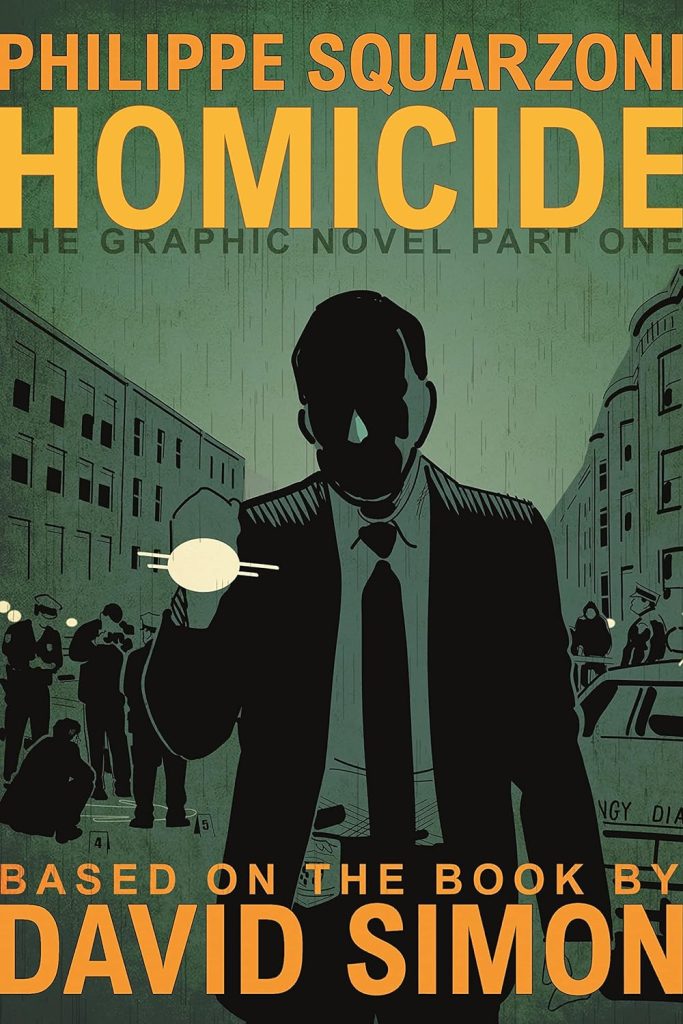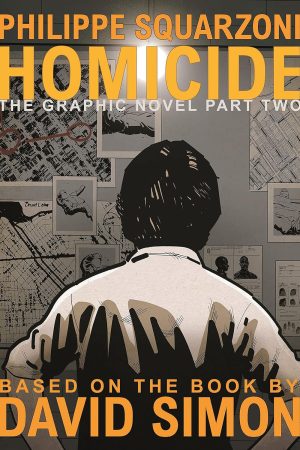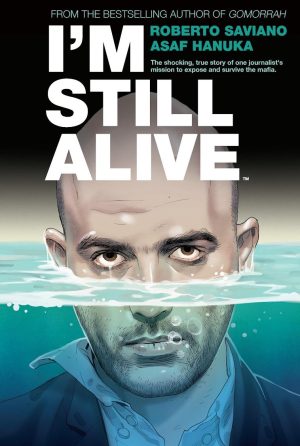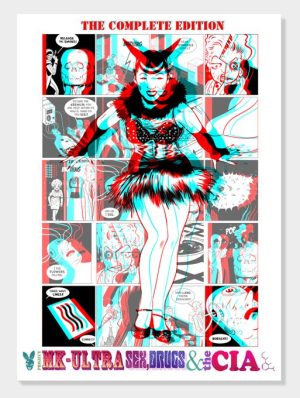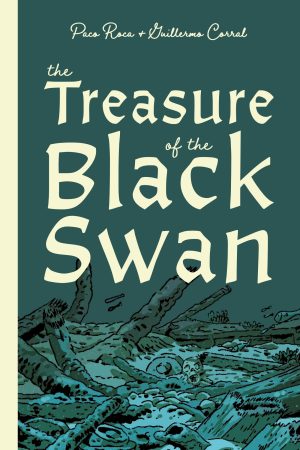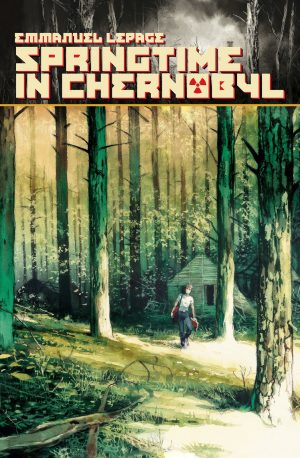Review by Karl Verhoven
In 1988 Baltimore Sun reporter David Simon took a year off to accompany city police investigating murders. Homicide: A Year on the Killing Streets was published in 1991, a fictionalised version ran on TV for seven years as Homicide: Life on the Streets, and even greater acclaim followed as it also fed into The Wire. In 2016 French writer and artist Philippe Squarzoni returned to the original book for what became a five volume adaptation. This English edition combines the first three volumes.
Squarzoni is adapting a bulky book, and more than six hundred pages over two volumes speaks to his diligence and dedication, which matches Simon’s own in wanting to deliver reality as he observed it. It means some police don’t always meet community standards of language and propriety, but would you if you did their job? Simon’s book is forensic when it comes to procedure, instinct, assessment and stressing the difference between TV and reality. Squarzoni thoughtfully transfers all that to comics along with so many evocative astute and memorable phrases such as “You speak for the dead. You avenge those lost to the world” and “the victim is killed once, but the crime scene can be murdered a thousand times”.
In planning the art Squarzoni, for the most part, presents each panel as if being observed by Simon at the time. The primary exceptions are the circumstances of a crime as the investigating detective imagines it playing out. There’s a precision to the art matching the text, and with Simon’s descriptions as the starting point Squarzoni’s recurring cast are distinctive and therefore recognisable as seen on the sample art. He also catches moods, such as the relative isolation of a detective born in New York rather than Baltimore with more artistic interests than other squad members. Importantly, Squarzoni supplies locations looking as if they’re inhabited, and there’s rarely any colour other than blood in a dark world, almost transforming this into a noir crime story.
Some items will be familiar to the TV viewer, such as the tiled interrogation room known as the Box, or the whiteboard with names of the dead marked in red until their murder is solved. The unsolved rape and murder of an eleven year old girl was hauntingly memorialised on TV, and is given considerable space here as an incident able to shock even hardened detectives.
What transmits throughout is huge respect for people doing a horrific job under impossible conditions, the political pressure intense on everyone from the top down. It explains why no-one is ever shown laughing. Jokes are bleak or pranks acknowledged as necessary in lightening the mood, but no-one laughs.
“The detectives assemble to decide who’s lying, who’s lying more, and who’s lying the most” is pretty well the rule of thumb as far as investigations go. As with the original book, Squarzoni provides a fascinating and compelling insight into the unpalatable and as with the original book it’s intense and masterful. Part Two concludes the adaptation.
